6 Ways Smart Rings Are Quietly Competing With Traditional Wearables
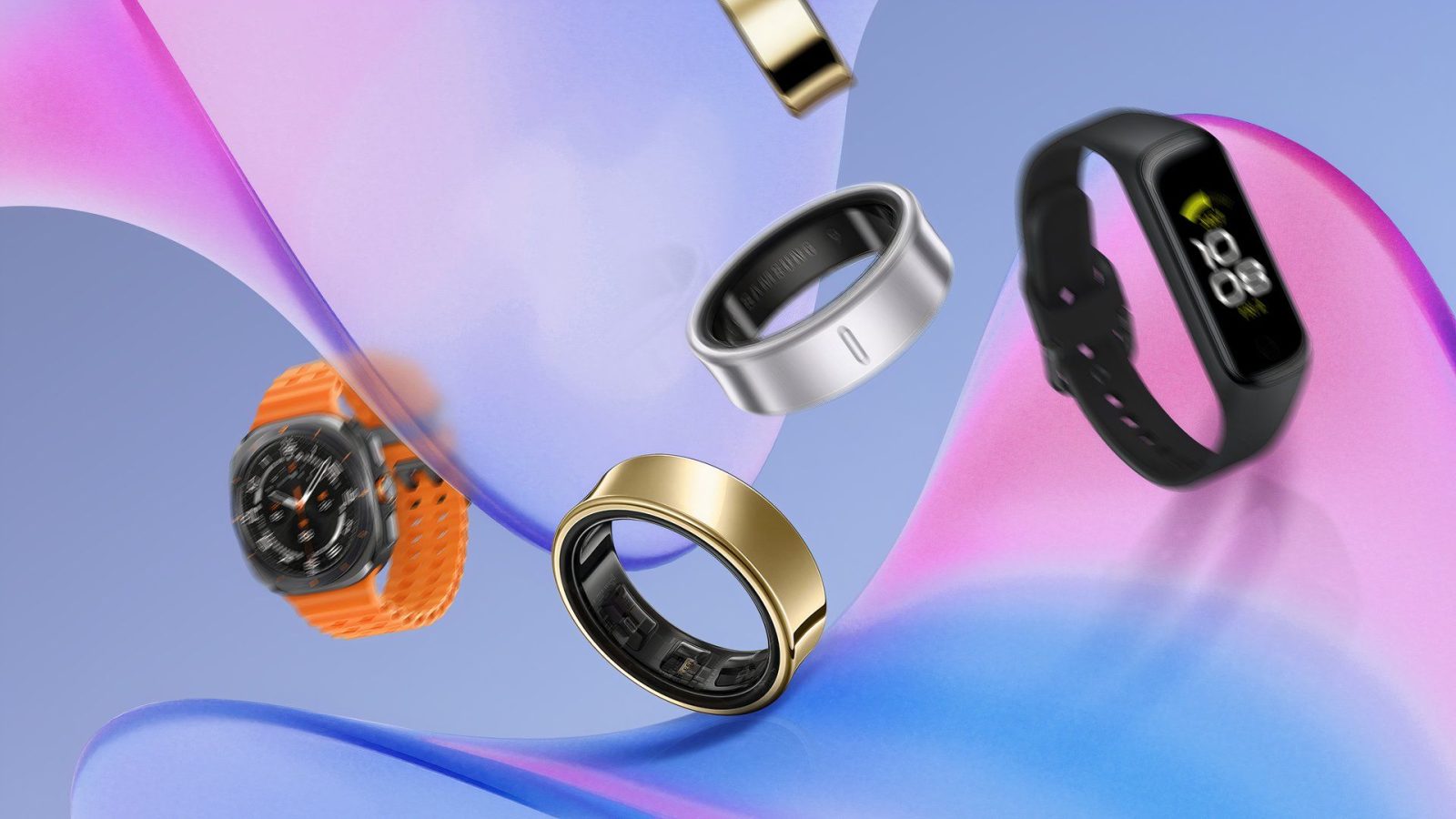
Contents
Health and fitness-focused wearable tech is bigger than ever. Whether you are an athlete preparing for a race, want to improve your sleep, or are an aspiring mom-to-be, wearable tech can help you monitor and track your health, fitness, and fertility through sensors that measure everything from your heart rate to body temperature.
Smart rings offer a screen-free, stylish, and full-featured alternative to smartwatches. While there aren’t many smart rings on the market, the existing ones are gaining popularity daily. The Oura Ring 4 and the Samsung Galaxy Ring are our top choices, but there are other brands like Amazfit and RingConn. If you want a ring instead of a watch, here’s how smart rings match against their smartwatch counterparts.

Related
6 Smart rings have long-lasting batteries
They can last a week or more

Despite being much smaller than smartwatches, smart rings still hold battery life for a long time. Considering how much less space there is for a battery, it’s impressive that a smart ring can last this long before needing a charge. Charge times are about the same, though.
For instance, the Oura Ring 4 lasts up to eight days before it needs charging, and the Samsung Galaxy Ring lasts between six and seven days. Some smartwatches, like the Garmin Venu 3, last up to 14 days, and a watch like the Fitbit Versa 4 lasts around six days.
Others get nowhere near this. For example, the Google Pixel Watch 3 and Samsung Galaxy Watch 5 only last up to two days.
5 Smart rings offer an alternative design
They look more like jewelry than technology

Smartwatches can be a little obtrusive, especially when paired with a nice outfit or shiny jewelry. Smart rings offer an alternative and are typically designed as a simple silver, gold, or black band, so you can match them to your jewelry. They blend in naturally with what you’re wearing, without standing out as being a piece of wearable tech.
Smartwatches come in all shapes and sizes. Some can be bulky, others are compact. You can buy a sleek metallic strap for some, while others mean having a thick band around your wrist. Even the most stylish smartwatches are still wearable devices.
Wearing a smart ring won’t add bulk underneath a long-sleeved top. Most of the time, no one will notice you’re wearing it. Because it’s smaller, you can slip it into your wallet or pocket when you aren’t using it. Also, a smart ring won’t catch on your clothing when you have one on because the design is simple.
4 You won’t be glued to another screen
They don’t have a display or notifications

One of the best things about smart rings compared to smartwatches is that they don’t have a screen. In a time when many of us are trying to reduce screen time and improve our digital wellbeing, adding another screen into the mix isn’t helpful.
Smartwatches can be distracting because they prompt you to look at them through audible or vibrating notifications. Smart rings track your health and fitness data in the background without prompting you to look at a screen. Instead, you can be selective about when you look at the information by opening the app on your phone.
3 Some smart rings forecast menstrual cycles
They measure sleep, heart function, and skin temperature

Smart rings offer a new way to track fertility levels. The Oura Ring was one of the first fitness trackers to make menstrual cycle tracking a key feature. It works by monitoring sleep, heart function, and basal body temperature (BBT), which fluctuates during a monthly cycle, helping to predict the different stages.
Research conducted by Oura on 40,000 people’s menstrual cycles suggested that the ring successfully provides “temperature data that can provide a personalized signal for individuals who want to learn more about their cycles.” Some smartwatches, like the Garmin Lily 2, can do this, but it’s not a common feature.
2 You can still track your fitness and sleep
They provide the same amount of detailed data as a smartwatch

Smart rings track all sorts of metrics, like a smartwatch. You can monitor your health with data about your heart rate, heart rate variability (HRV), body temperature changes, blood oxygen saturation (SpO2), and respiration rate. You can track your sleep, including your sleep duration, time spent in different stages, sleep quality, and how long it takes to fall asleep.
You can also track workouts and activities because smart rings can record the number of steps you take or the distance you go, how many calories you burn, your heart rate changes, and the duration or intensity of your workout. Some rings tell you when your body is most prepared for a workout.
1 Smart rings have a more secure fit
They don’t move around

Smart rings sit more tightly around your finger than a smartwatch fits around your wrist. Because of that, they don’t move around as much, may be more comfortable to wear overnight, and could offer more consistent skin contact for tracking. This depends on your personal preferences and what you find most comfortable.
Should you buy a smart ring instead of a smartwatch?
Whether you should buy a smart ring or a smartwatch depends on the features you want, the design you prefer, and how you intend to use the device. Smart rings offer an alternative design that blends in better with your other jewelry.
If you want to read your WhatsApp messages from your wrist, skip to the next song on Spotify, or see directions without taking out your phone, you need a smartwatch. However, a smart ring makes more sense if you’d rather not add another screen to your life and want to track your health and fitness without distracting notifications.
Rings provide as much data as watches, including everything from your heart rate to your step count, and the adjoining smartphone apps are as easy to use and understand. The most important aspect is the ability to track your health and fitness. Both options are on a level playing field in that sense.
What’s your reaction?
Love0
Sad0
Happy0
Sleepy0
Angry0
Dead0
Wink0

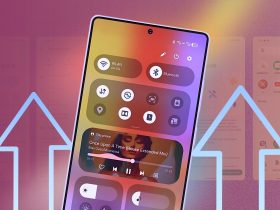

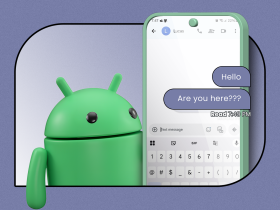



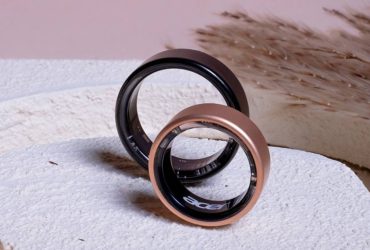
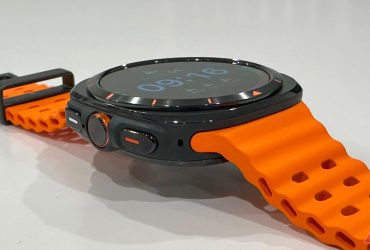
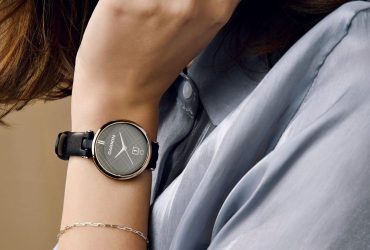
Leave a Reply
View Comments